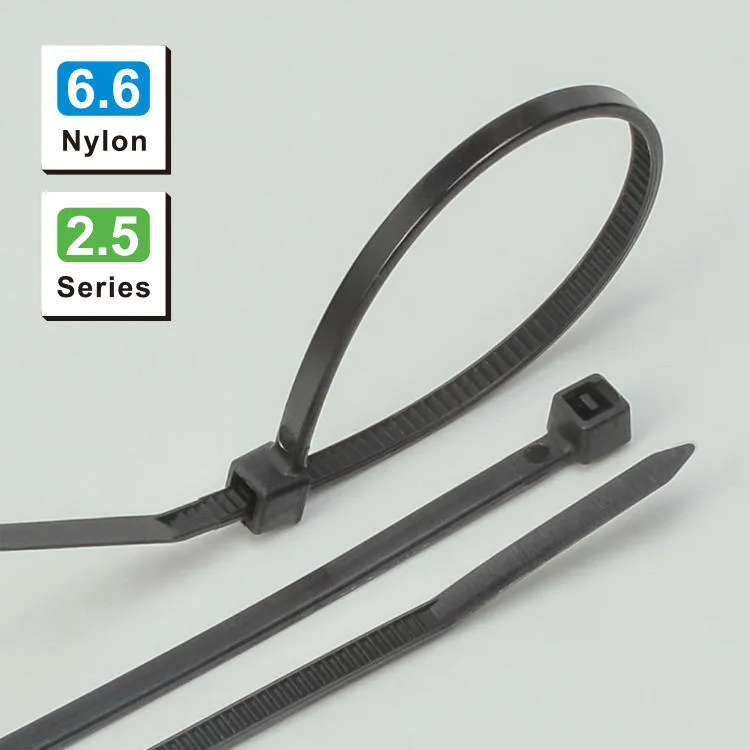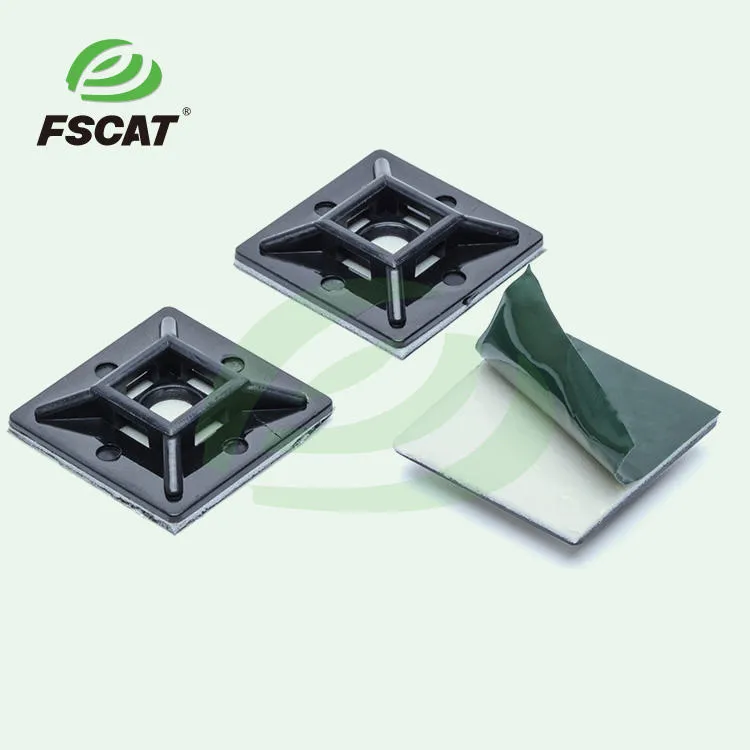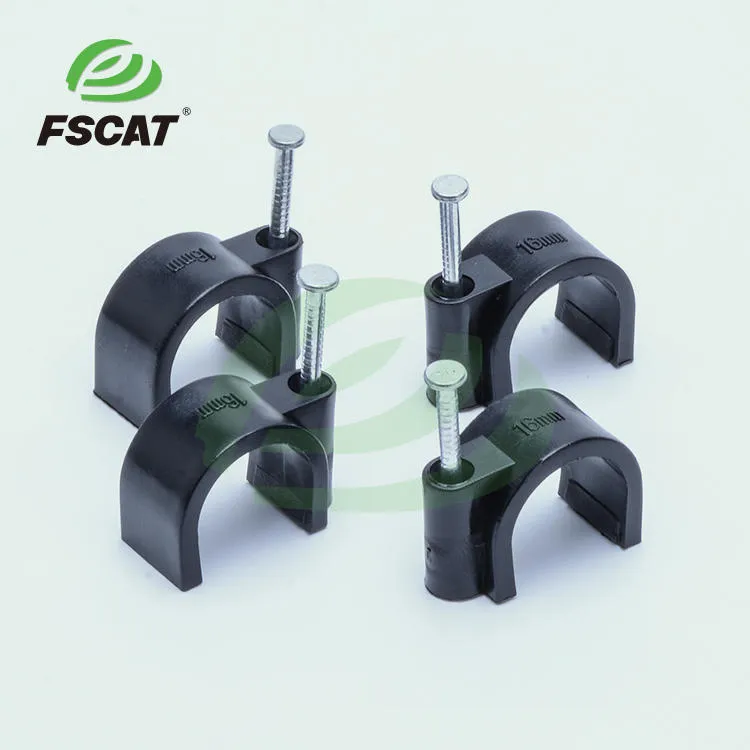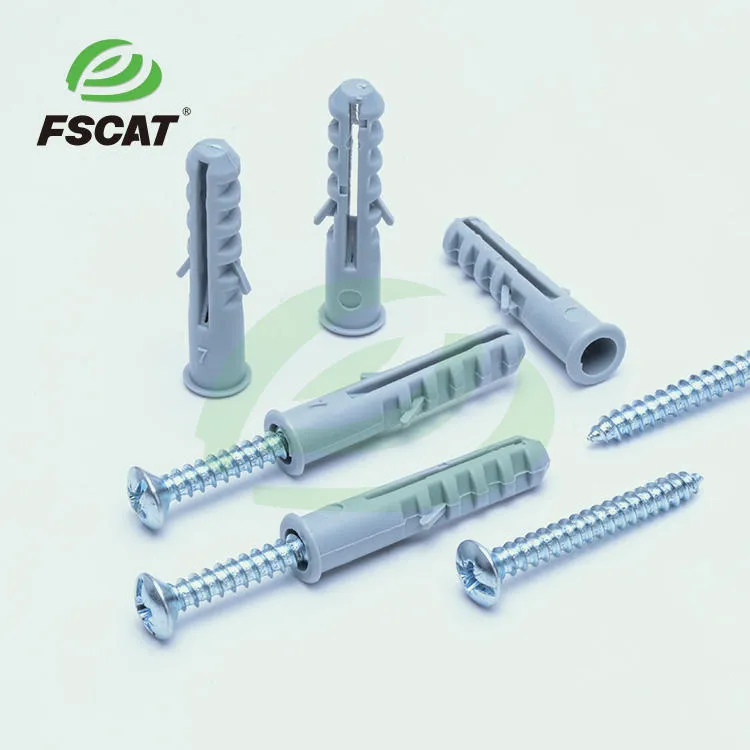What are the characteristics of Cable Glands?
Cable glands are essential components used to secure and protect cables where they enter or exit electrical enclosures. They play a crucial role in ensuring a safe and reliable electrical connection by providing both mechanical support and environmental protection.
1.Cable Glands Functions:
- Securing: Cable glands firmly attach cables to enclosures, ensuring a stable connection and preventing accidental disconnections.
- Protection: They shield cables from environmental factors such as moisture, dust, and chemicals, extending the lifespan of both cables and equipment.
- Sealing: Provides a watertight or airtight seal around the cable entry point to prevent the ingress of contaminants, maintaining the integrity of the electrical system.
- Strain Relief: Offers mechanical support to reduce stress on cables, preventing damage from vibrations, movements, or pulling forces.
2.Cable Glands Characteristics:
- Material Variety: Available in materials such as plastic (nylon, PVC) and metal (brass, stainless steel) to match different environmental conditions and application requirements.
- Size and Thread Options: Comes in a range of sizes and thread types to fit various cable diameters and enclosure thread standards.
- Ease of Installation: Designed for straightforward installation with features like threaded fittings or compression seals, facilitating quick and secure cable attachment.
- Compliance: Often meets industry standards and regulations, such as IP ratings and UL listings, ensuring safety and reliability in various applications.
3.Cable Glands conclusion
cable glands are vital for maintaining the functionality and safety of electrical systems. Their ability to provide secure connections, environmental protection, and mechanical support makes them indispensable in a wide range of applications.






